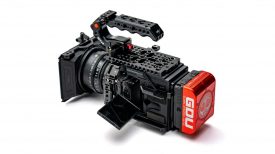We featured Nat Geo Wild’s competition for filmmakers, Wild to Inspire, earlier this year and the winners have just been announced: Justin Grubb and Alex Goetz were awarded the competition’s overall prize for their film To The Explorers (embedded above). The pair have been making films together since university, have their own production company Running Wild Media and produce documentaries for Toledo Zoo. Newsshooter caught up with Alex and Justin over email to find out a little bit about how they work and why they made the film.
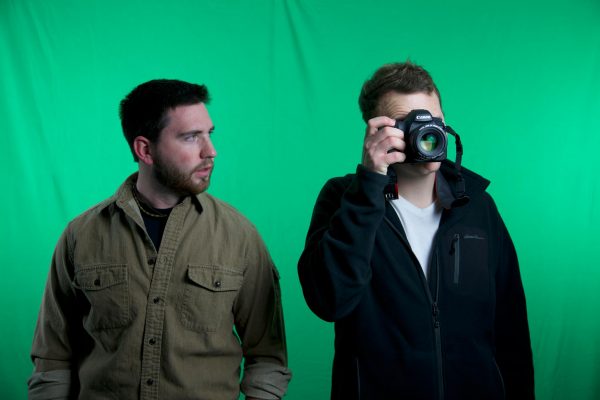
Justin Grubb: The video is meant to be an anthem for all conservation biologists working every day in the field to save wildlife. It celebrates their work, and their passion and ambition to do what it takes to make the natural world a better and more lively place.
Alex Goetz: We really wanted to dedicate this piece to some of the most amazing, crazy people we’ve met around the world that are truly dedicating everything they have to the world of conservation, and saving species.. So we hope it inspires others to just get outside, see what’s around you, and develop a passion and understanding for the natural world.
Newsshooter: How long did you have to gather your material – were there many shoot days and did you have much time to edit?
AG: The footage is from trips we’ve taken in the past three years. It was a lot to sort through, and editing was a little insane, because [Justin] and Lucas [who wrote the film’s monologue] didn’t finally convince me to take the project on until a week before the deadline. So I stole my girlfriend Kallie’s iMac because my laptop’s battery swelled and destroyed my macbook (perfect timing), drove back to Cleveland where my parents live and set up a little editing suite there and dedicated the next seven days to editing the project.
NS: What sort of kit were you using?
JG: We use DSLRs mostly when we film because they are small and easy to get around. They are especially advantageous for filming in the wild because carrying lots of equipment up jungle mountains, through deserts and even through customs can be a pain. The DSLR’s allow us to get up close to what is going on and go farther into the environment of our subjects. GoPros were also used for all of the underwater shots and they were attached to a homemade rig created out of PVC.
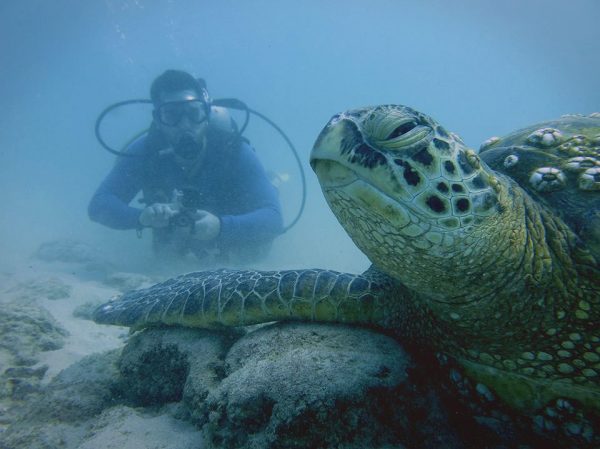
AG: Our kit has changed throughout all of our trips, as we’ve learned more about cameras and developed. It’s been everything from a Canon 60D, to a Panasonic GH4… We did use a DJI Phantom 1 for some of our shots in Honduras on the island chain of Chachauate. It was a fun experience, because it was just purchased, first drone-flying experience, and we had no monitor or gimbal. So needless to say, it was hard to achieve exactly what we were looking for, but the environment being so beautiful and amazing definitely helped make the shots better.
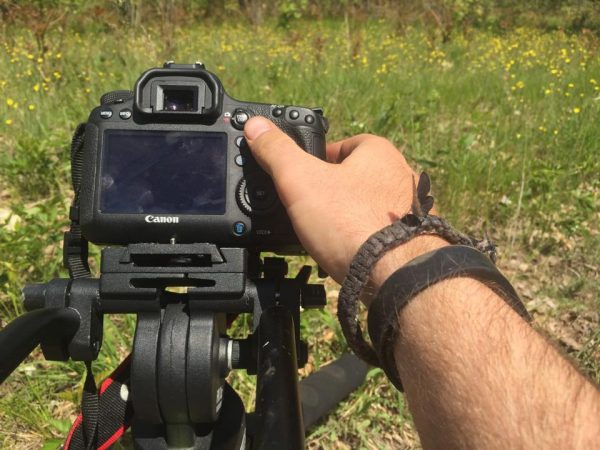
NS: What did you learn through the production process?
AG: We’ve learned a lot throughout all our trips. Whether it’s bring more solar panels to charge batteries on islands, or shake out your mattress in your Honduran island-shack you are staying in to get all the scorpions out before sleeping in it. But we love going into locations, having difficult times, and coming out with a good story. I think for our future projects we’ve got in the works, my goal is to develop content that gives a deeper insight into some of the problems we are documenting, but also focus on what we can bring back to viewers on how they can make a difference in environments and around their home. We recently did a talk for a small group, and after talking about all the things we’ve done, and speaking about conservation and how the world needs help, a man raised his hand and said, “You haven’t given us ways to help all these places, what can we do?” This really hit home with me, and now I want to be able to come back with a film and have concrete ways everyone can help, no matter where they live.
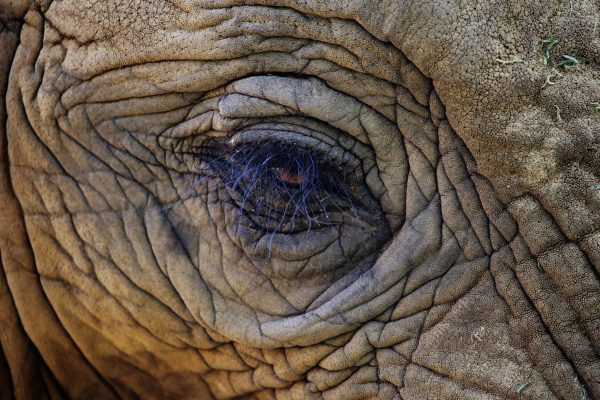
NS: Any tips for shooters trying to capture material of animals?
JG: The best advice I can give someone who is interested in the world of wildlife filmmaking is to be extremely patient. Animals are very unpredictable and typically don’t want to work with you. In fact, in most cases, they want nothing to do with you, and if you’re too loud, they will run away from you. Sometimes the only thing they seem to want is to sink their beak in to your skin and rip you apart, you must be ready for that. I would also say to anyone interested in getting in to this field is to get used to being extremely uncomfortable. As wildlife filmmakers, you are put in situations that are totally tolerable for the animal but downright awful for a human.
AG: It’s also about research before you go. Learn the best places to find the wildlife, how they act and what they do, so you can look for their unique behaviors. It also helps to keep you safer in different situations, because you will be able to identify some potential hazards and avoid getting bitten by something that isn’t going to feel good. But the biggest thing is to just get outside. It’s easy to get lazy, and sit around, or get stuck editing footage, but you don’t need to travel around the world to find amazing wildlife. There’s some unique animals in backyards all across the United States.
“To the Explorers” is available to view on Vimeo now and will also air on Nat Geo Wild on Earth Day (Friday, April 22)



